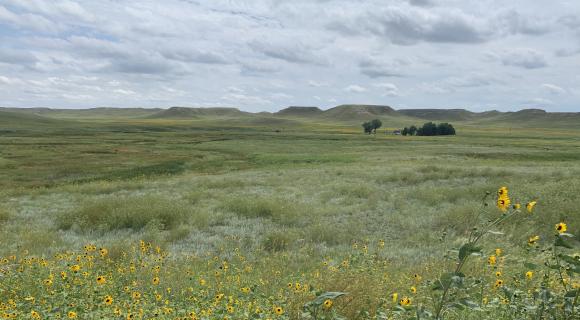- Body
In 1969 Congress passed The National Environmental Policy Act (NEPA), a deceptively simple statute which substantially altered the manner in which agencies of the U.S. government make decisions regarding projects that impact the human environment. Enacted into law on January 1, 1970, NEPA laid the foundation for a coherent national approach to the environment by requiring the integration of environmental quality concerns into Federal policymaking and decision making. Through NEPA, the Federal government began requiring three vital processes during project planning that had not been consistently undertaken before. These requirements are:
- that all Federal agencies consider the environmental impacts of proposed actions
- that the public be informed of the potential environmental impacts of proposed actions
- that the public be involved in planning and analysis relevant to actions that impact the environment
In order to fulfill these requirements, Federal agencies implement what has come to be known as the "NEPA process" when planning projects with environmental impacts. While often viewed as yet another bureaucratic hoop to jump through, the primary objective of this process.
Videos
Introduction to NEPA (NTLA 2019)
Overview of the NEPA Process with a Tribal Lands focus, Judy Kirtzman National Tribal Lands Association Conference 2019.
NEPA as a Planning Tool (NTLA 2019)
Additional Links
- NEPA.gov - The Council on Environmental Quality (CEQ) oversees the National Environmental Policy Act and its implementation, reporting directly to the President. Links at this site, now maintained by the Department of Energy, include text of the statute, CEQ guidance, regulations and recent revisions, and links to state NEPA regulations.
- Summary of the National Environmental Policy Act - Brief synopsis of the act with links to source text in the U.S. Code.
Further Reading
- Eccleston, Charles H. 1999. The NEPA Planning Process: A Comprehensive Guide with Emphasis on Efficiency. New York: Wiley. This book draws from diverse sources to provide environmental managers and agency decision makers with a centralized, well organized source of information on regulatory requirements, CEQ guidance, and common problems with NEPA implementation.

